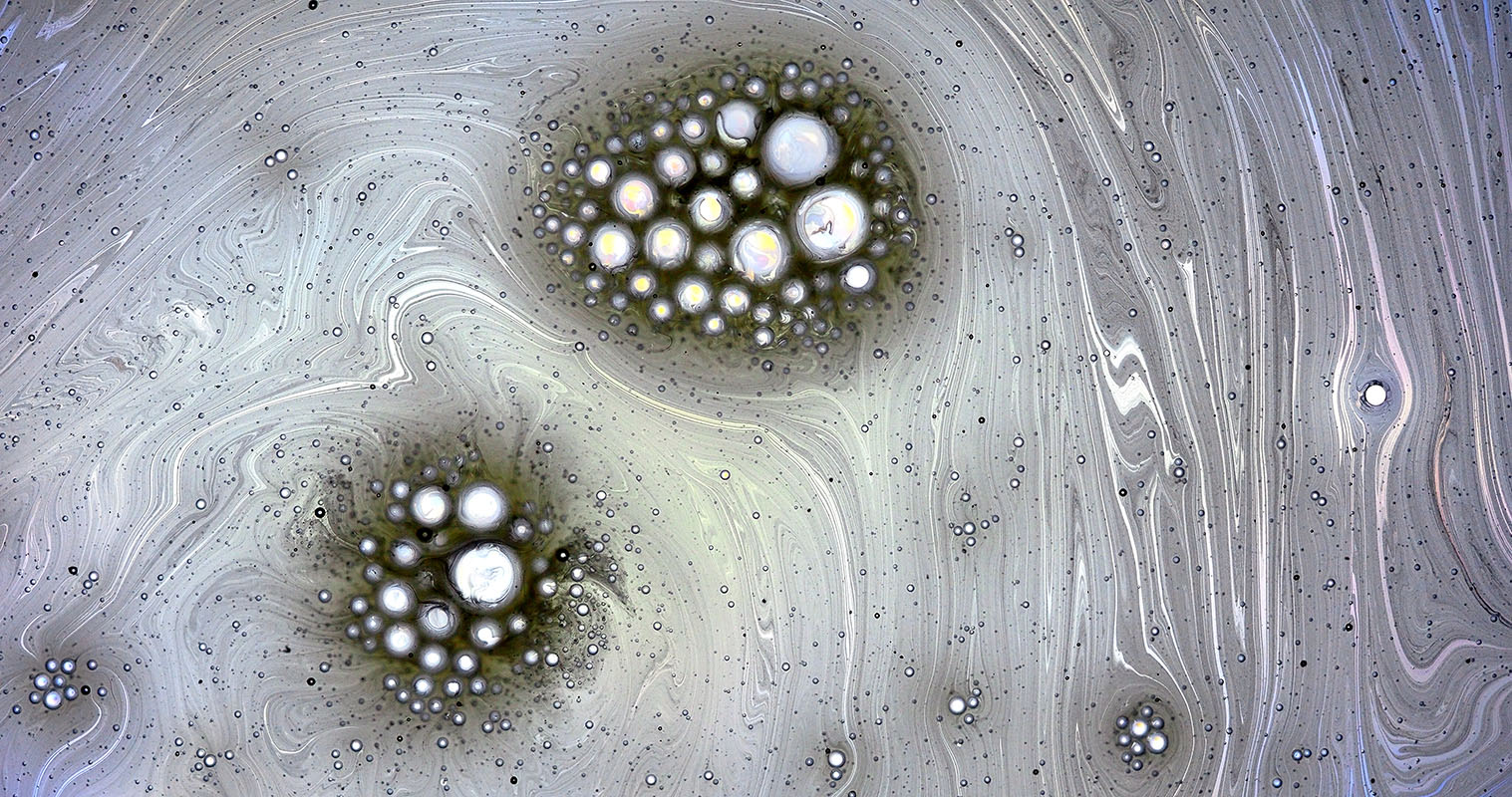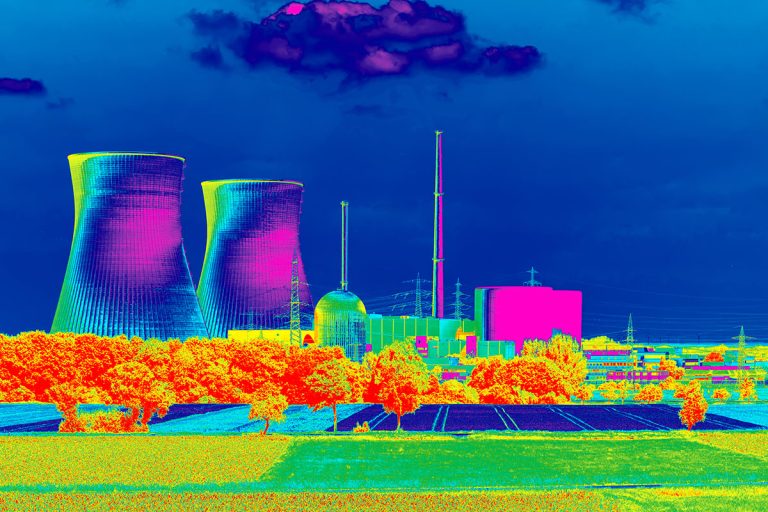Machine learning accelerates the discovery of green solvents
Machine learning helps to identify green solvents that can efficiently extract contaminants from water.
Organic solvents have traditionally been the first choice for contaminant removal because they can dissolve a wide range of organic compounds. This ‘like dissolves like’ principle is employed to treat water and soil—for example, removing acetone and ethanol from wastewater or pesticides and hydrocarbons from contaminated soil—and in the production of chemicals and other industrial processes.
However, most organic solvents themselves are harmful to the environment, and scientists are seeking greener alternatives. With countless possible chemical combinations, finding the right solvent for a specific task can be challenging.
PhD candidate Ahmad S. Darwish, post-doctoral fellow Tarek Lemaoui, and their colleagues working under the supervision of Enas Nashef, Hassan Arafat, and Fawzi Banat at Khalifa University’s Department of Chemical and Petroleum Engineering, have now developed a machine learning model and used it to identify a green solvent with exceptional performance at extracting boron from aqueous media.
“Machine learning is a game-changer. It can rapidly analyze vast datasets, identify complex patterns, and make accurate predictions that would be impossible for humans to recognize manually,” explains AlNashef. “It can screen thousands of potential solvents in minutes, dramatically speeding up the discovery process and uncovering novel, high-performing solvents that traditional methods might miss.”
Using neural networks trained on molecular-based inputs that capture the properties of molecules, the machine learning model was able to accurately predict solvent performance by combining molecular-level insights with operational parameters, thus bridging the gap between molecular structure and macroscopic behavior.
Machine learning is a game-changer. It can rapidly analyze vast datasets, identify complex patterns, and make accurate predictions that would be impossible for humans to recognize manually.
Enas Nashef
The researchers focused on deep eutectic solvents, a promising green alternative to traditional organic solvents for contaminant removal through a technique called ‘liquid–liquid extraction’. This method essentially transfers a contaminant from one liquid phase, such as water, to another: the solvent. The machine learning model identified one solvent in particular—a mixture of decanol and 2,2,4-trimethyl-1,3-pentanediol—which, when investigated experimentally, achieved over 97% extraction efficiency of boron from water under a diverse range of conditions.
“Our next steps are truly exciting. We plan to expand our model into a comprehensive multi-property prediction framework, simultaneously assessing crucial thermodynamic, transport, optical, and mechanical properties alongside extraction efficiency,” says AlNashef. “To make this powerful tool accessible, we plan to develop user-friendly Excel tools enabling researchers worldwide to rapidly screen hundreds of thousands of potential solvent combinations based on their specific criteria.”
Reference:
1- Awaja, N.E.; Almustafa, G.; Darwish, A.S.; Lemaoui, T.; Benguerba, Y.; Banat, F.; Arafat, H.A. and AlNashef, I., Molecular-based artificial neural networks for selecting deep eutectic solvents for the removal of contaminants from aqueous media. Chemical Engineering Journal 476, 146429, 2023. | Article




